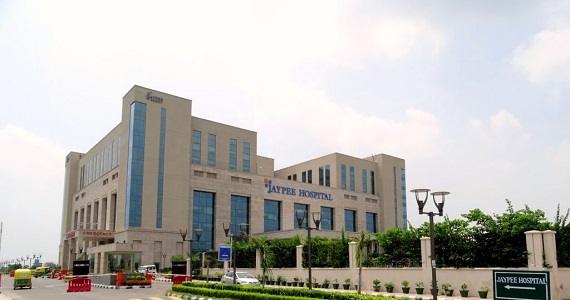Stapled Hemorrhoidopexy Treatment in India
treatment
starting from
Introduction
Hemorrhoids, commonly known as piles, affect millions of people worldwide. They can cause discomfort, pain, itching, and bleeding, significantly impacting the quality of life for those suffering from them. While conservative treatments like dietary modifications, fiber supplements, and topical ointments can provide relief in mild cases, more severe hemorrhoids may require surgical intervention. Stapled Hemorrhoidopexy, also known as PPH (Procedure for Prolapse and Hemorrhoids), is an innovative and minimally invasive surgical procedure that has gained popularity in recent years due to its effectiveness and quick recovery times. In this blog, we will explore the procedure, its benefits, and its potential risks.
Understanding Stapled Hemorrhoidopexy
Stapled Hemorrhoidopexy is a surgical technique primarily used to treat internal hemorrhoids that have prolapsed (protruded from the anus). Unlike traditional hemorrhoidectomy, which involves cutting and removing the hemorrhoidal tissue, stapled hemorrhoidopexy aims to correct the prolapse by reducing the blood flow to the hemorrhoids while simultaneously repositioning the tissue back into its original anatomical position.
The Procedure
- Anesthesia: The patient is usually given general or regional anesthesia to ensure a pain-free experience during the procedure.
- Insertion of the Stapler: A circular, hollow stapler is inserted into the anal canal, and the hemorrhoids are gently drawn into the device.
- Stapling and Cutting: The stapler is fired, creating a circular "purse-string" of staples that both removes excess tissue and lifts the prolapsed hemorrhoidal tissue back into its original position, thereby restoring its blood supply.
- Healing and Recovery: With time, the stapled tissue scars down, reducing the size of the hemorrhoids and providing relief from the associated symptoms.
Benefits of Stapled Hemorrhoidopexy
- Minimally Invasive: Stapled Hemorrhoidopexy is less invasive than traditional hemorrhoidectomy, resulting in less pain, fewer complications, and a quicker recovery period.
- Reduced Pain: Patients typically experience less postoperative pain compared to conventional surgery, as the nerve endings in the anus are less affected.
- Shorter Hospital Stay: Most patients can return home on the same day as the procedure, reducing hospitalization costs and allowing for a faster return to normal activities.
- Faster Recovery: Recovery time is significantly shorter with stapled hemorrhoidopexy, and patients can often resume their daily routines within a week or two.
- Effective for Prolapsed Hemorrhoids: The procedure is particularly effective in treating prolapsed hemorrhoids, providing relief and preventing further complications.
Potential Risks and Complications
While stapled hemorrhoidopexy is generally safe, like any surgical procedure, it does carry some risks. These may include:
- Bleeding: Some patients may experience minor bleeding, especially in the first few days after the procedure.
- Infection: In rare cases, an infection may occur at the surgical site, necessitating medical attention.
- Recurrence: Although the chances are relatively low, there is a possibility of hemorrhoids recurring over time.
- Fecal Incontinence: In very rare instances, patients may experience difficulty controlling bowel movements after the procedure.
Conclusion
Stapled Hemorrhoidopexy is a valuable addition to the range of treatment options available for individuals suffering from hemorrhoids, particularly those with prolapsed internal hemorrhoids. Its minimally invasive nature, reduced postoperative pain, and faster recovery time make it an attractive alternative to traditional hemorrhoidectomy.
However, it's essential to remember that not all cases of hemorrhoids are the same, and what works for one person may not be suitable for another. If you are experiencing symptoms of hemorrhoids, it is crucial to consult a qualified healthcare professional who can assess your condition and recommend the most appropriate treatment approach tailored to your specific needs.
How It Works
Need help in organizing medical travel to India?




